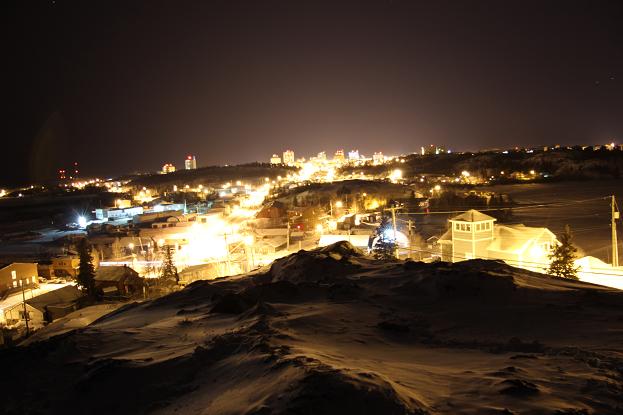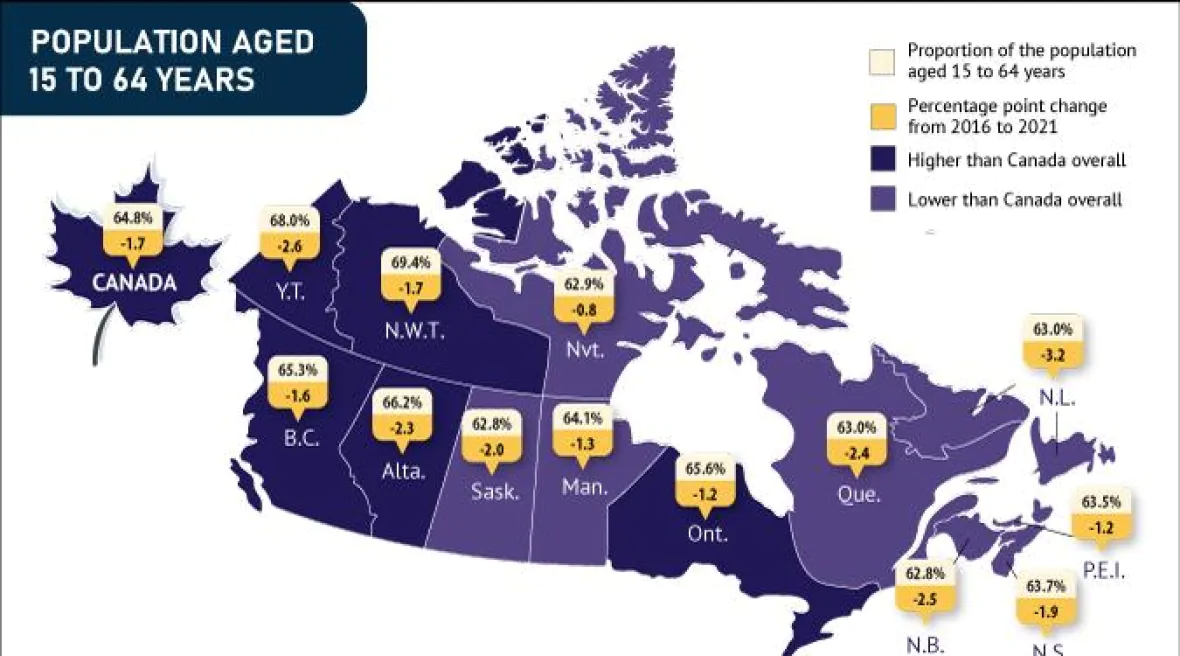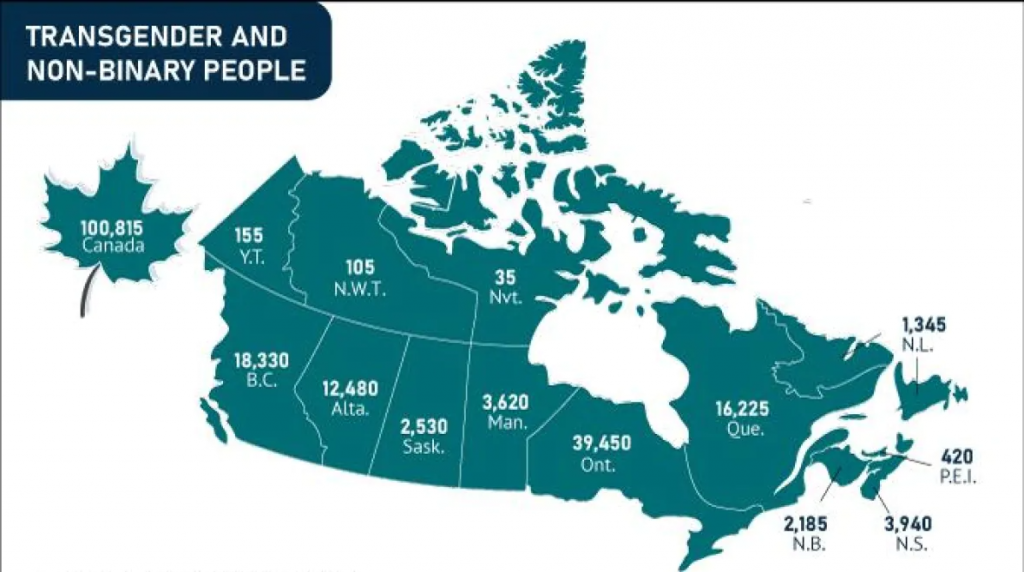Move over Boomer: Millennials, Gen Z dominate in Canada’s northern territories, StatsCan says

2021 census data show the North’s population still trends younger than elsewhere in Canada
The North’s population continues to skew younger than the country as a whole with millennials now outnumbering baby boomers in all three territories, and Generation Z dominating in Nunavut, according to new census figures released on Wednesday.
“What we’re generally seeing is a continuation of trends that have been going on for a while,” said Stacey Hallman, an analyst with Statistics Canada.
“[The territories] have some of the youngest populations in Canada.”
According to 2016 census data, boomers then still made up the largest generational group in Yukon. By 2021, millennials had edged them out to become the larger group.
It means that all three territories are now out of sync with Canada as a whole when it comes to demographics. Nationally, boomers — people now aged 56 to 75 — continue to be the largest generational cohort even as their numbers decline due to mortality.
For the first time, boomers accounted for less than a quarter (24.9 per cent) of the Canadian population.
Meanwhile, Nunavut, the N.W.T. and Yukon all have proportionally larger populations of millennials (people aged 25 to 40) than any of the provinces.

In Yukon, 25.2 per cent of the population in 2021 were millennials, compared to 24.2 per cent for boomers. Generation X (aged 41 to 55) made up 19.6 per cent of Yukon’s population and Generation Z (aged 9 to 24) made up 17.1 per cent.
The population is even younger in the other territories. In the N.W.T., 25.2 per cent of the population were millennials, while 19.2 per cent were boomers. Millennials also made up the largest age group in N.W.T. in 2016.
Hallman says immigration and migration between provinces and territories accounts for some of the growth in the millennial population, since that age group is most likely to move for work.
Gen X and Gen Z also outnumbered boomers in the N.W.T. in 2021, at 20.2 per cent and 20.7 per cent of the population, respectively.
One in 3 people under 15 in Nunavut
Nunavut continues to have the youngest population in Canada, owing to higher fertility rates and lower life expectancy. Nearly a third (32.8 per cent) of Nunavut’s population was under the age of 15, and fewer than one in 20 Nunavummiut were older than 65.
Generation Z continues to make up the largest generational cohort in Nunavut, at 28.7 per cent, followed by millennials (24.1 per cent), and Generation Alpha (aged 8 and under) at 19.3 per cent. Boomers make up just 10.6 per cent of Nunavut’s population.
Yukon and N.W.T. also had the highest proportions of working-age populations (from 15 to 64 years) in the country, and both were higher than the proportion in Canada as a whole. Among Canadian cities with more than 5,000 people, 13 had populations with a working-age population of more than 70 per cent, including Yellowknife and Iqaluit.

The territories also have the lowest proportion of Canadians aged 85 and older. That population is growing in the country as a whole and is highest in Quebec, Saskatchewan, New Brunswick and B.C. It is lowest in Nunavut and N.W.T.
Among Canadian cities (those with populations greater than 5,000 people), the three territorial capitals had by far the lowest proportion of citizens 85 or older. There were 290 such people in Whitehorse (one per cent) and 105 in Yellowknife (0.5 per cent). There was nobody 85 or older living in Iqaluit, according to the census data
Those younger demographics mean that the North has different needs than elsewhere in Canada, Hallman says. For example, the aging population in the South means there’s a greater need for certain kinds of health care.
“When you’re looking at a younger population, you don’t have the same stresses on the health-care system,” she said.
“It’s a little bit different because if you have a higher fertility rate, you’re going to need more health care in terms of, you know, pregnancy and childbirth and pediatric care.”
1 in 200 Yukoners are transgender or non-binary
The 2021 census data released on Wednesday also give a clearer picture of the transgender and non-binary population in Canada. According to Statistics Canada, this is the first time a country has collected and published data on gender diversity from a national census.

The numbers show that Yukon’s population, while smaller, has one of the highest proportions of transgender or non-binary people in the country, second only to Nova Scotia, and slightly higher than B.C.
About one in 200 Yukoners (0.47 per cent) identified themselves as transgender or non-binary, compared to one in 300 Canadians (0.33 per cent).
The N.W.T., meanwhile, was in line with the national average at 0.33 per cent of the population identifying as transgender or non-binary, and Nunavut was well below the national average at 0.14 per cent — the lowest in the country.
-With files from Sidney Cohen
Related stories from around the North:
Canada: Yukon’s population up 21 per cent from a decade ago, and still growing steadily, CBC News
Finland: Finland’s population could begin falling in 2031, Yle News
Norway: Sharp population decline in Barentsburg in Norway’s Arctic archipelago, The Independent Barents Observer
Russia: Except for military towns, Russian North sees sharp decline in population, The Independent Barents Observer
Sweden: Northern Sweden expects population boom from green investments, Radio Sweden
United States: How small investments are improving an Alaska community, Alaska Public Media



